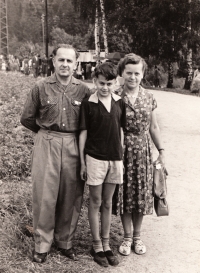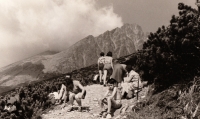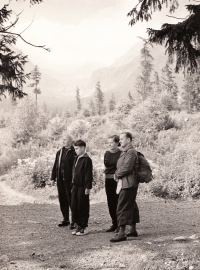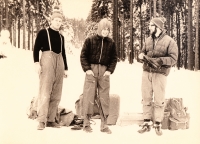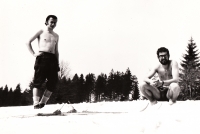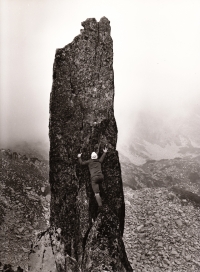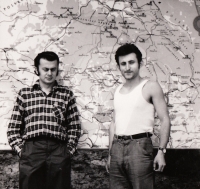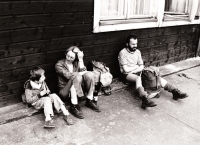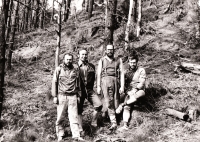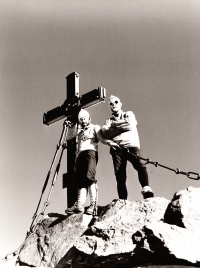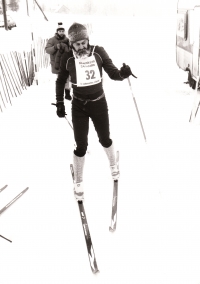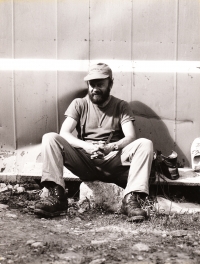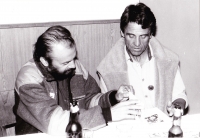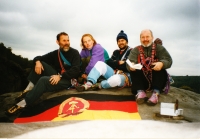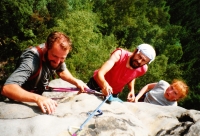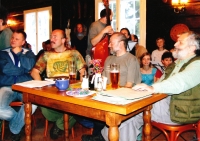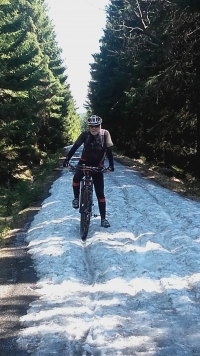The father blackened the Henleins’ stockings. The son saved a piece of Sudeten history
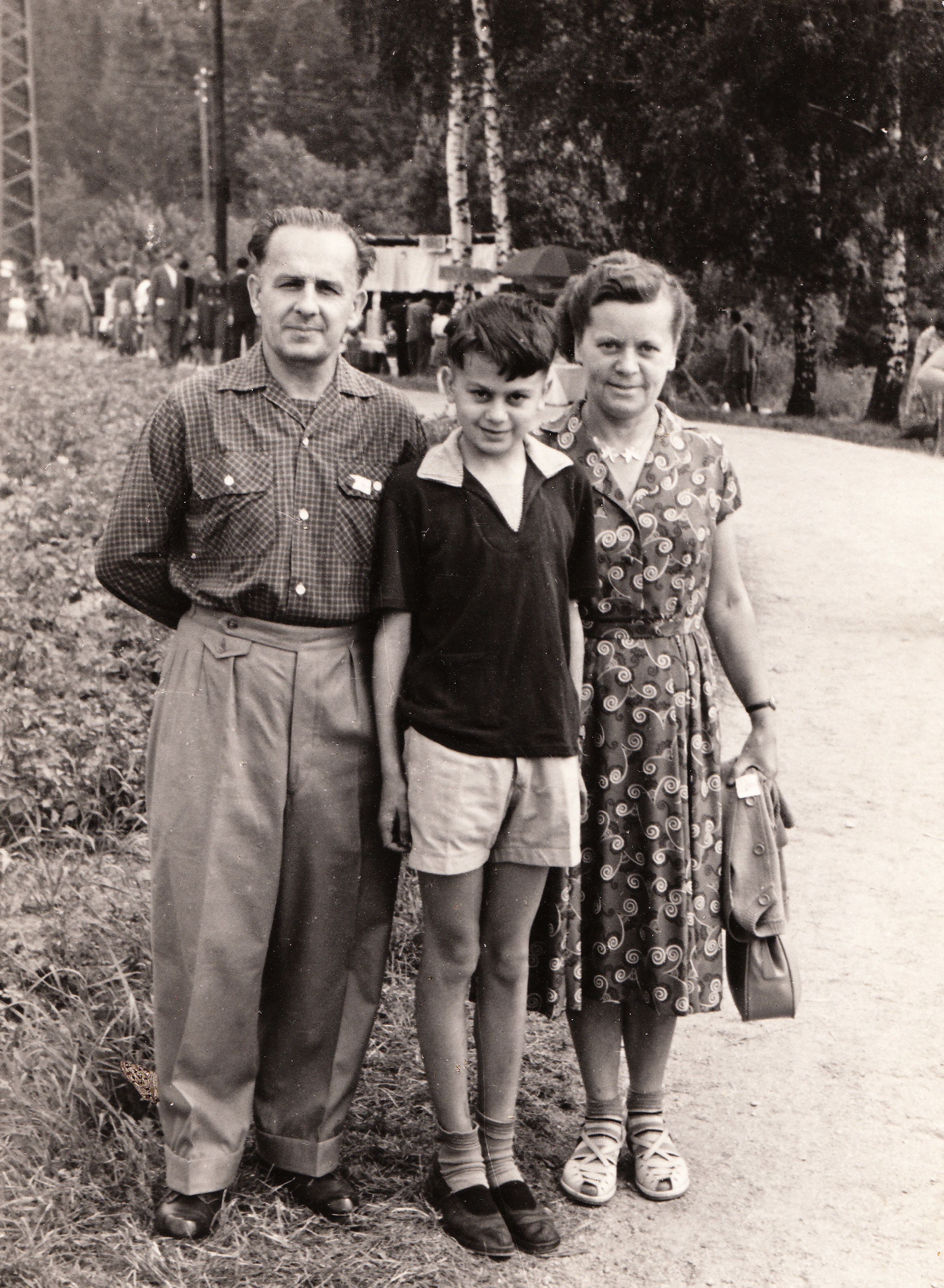
Download image
Otokar Simm was born on September 25, 1946 in Jablonec nad Nisou. Věra’s mother, née Votočková, was Czech and came from Roztoky near Jilemnice, Max’s father was a Sudeten German from Jablonec. The family could stay in Czechoslovakia after the Second World War also because the father was one of the anti-fascists. Otokar Simm’s uncle fled from eastern to western Germany after his deportation. Because of this, Otokar Simm did not get into high school specialising in foreign trade. In 1968 he graduated with a degree in mechanical engineering. He worked in the District Housing Company in Jablonec nad Nisou. In the 1960s, he began to discover the Jizera Mountains and became interested in the history of the Germans there. Since 1974, he and his friends have been traveling to the Polish part of the Jizera Mountains, where the Sudeten Germans have also left their mark over the past centuries. He became one of the witnesses of the ecological disaster that occurred in the Jizera Mountains in the 1980s. After 1989, Otokar Simm began publishing books that recalled the past of the Jizera Mountains, which was associated primarily with the German population. It is the groundwork of literary works Album of old postcards of the Jizera Mountains, two parts of the book Jizera Mountains yesterday and today, Reminders of bygone times - Monuments of the Jizera Mountains, Three Iserines - Jizerka, Velká Jizera, Orle, Jizera Mountains - climbing guide, Ještěd flowers, Poetry of Jizera granite. He collaborated with photographers Jan Pikous or Siegfried Weiss, writer Miloslav Nevrlý, climber Wolfgang Ginzel, Marek Řeháček or Marek Sekyra. He translated texts written in a peculiar Sudeten German dialect. He devoted himself to the work of Sudeten German writers from the Jizera Mountains. He went on expeditions to the European and world mountains. In 2018, he prepared a publication of a unique, detailed Czech-German map of the Jizera Mountains. Otokar Simm is married and has one son. In 2020 he lived in Jablonec nad Nisou.
